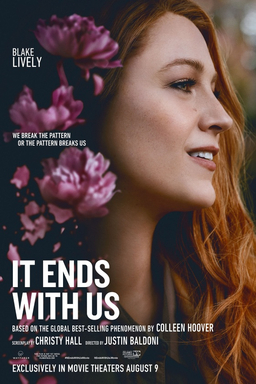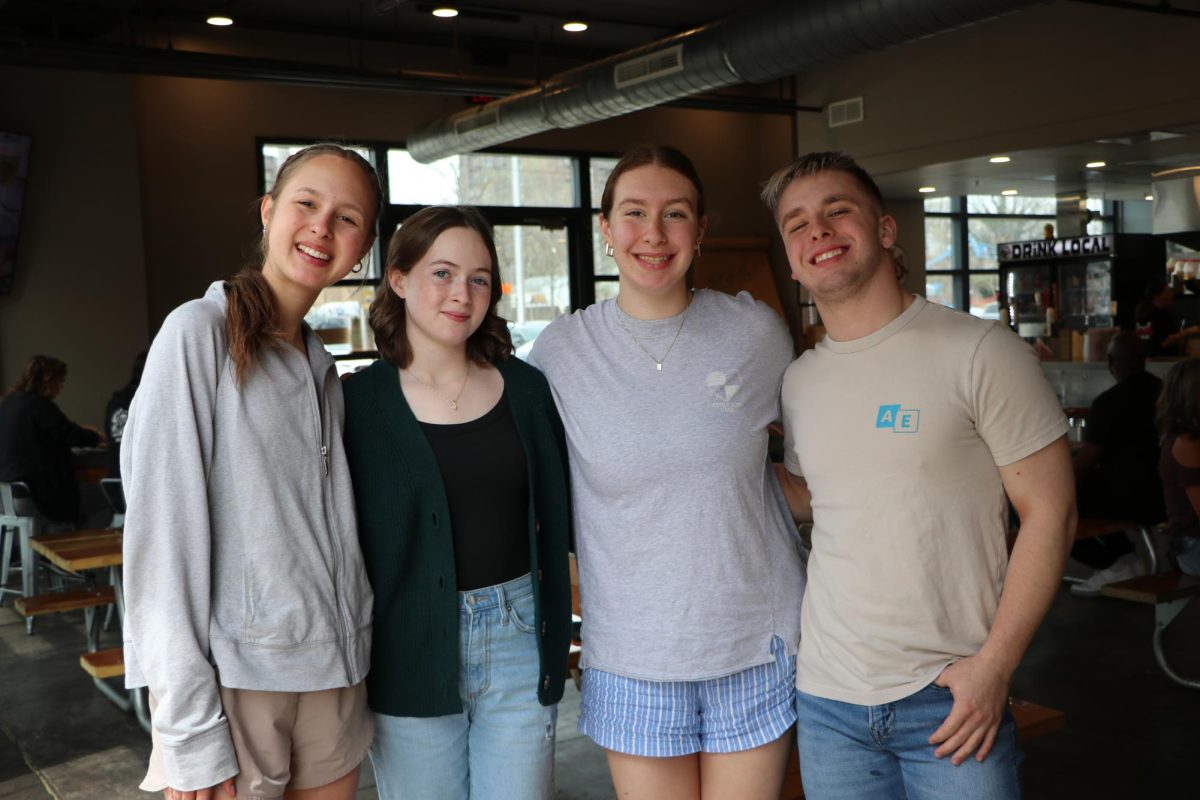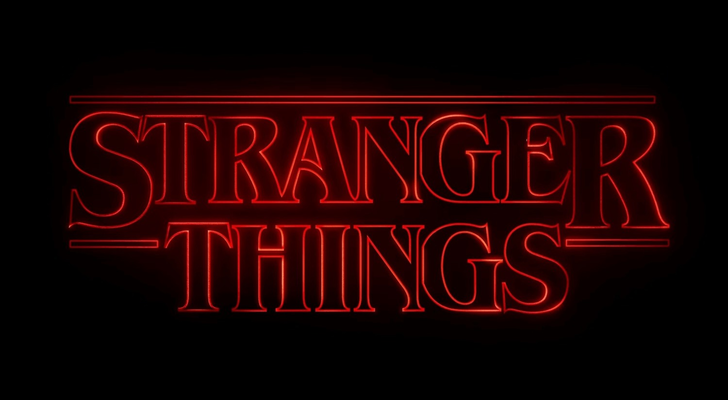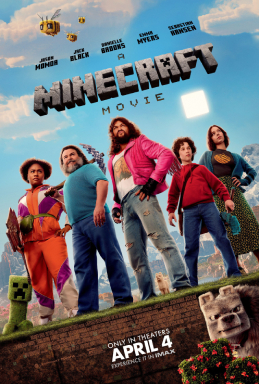In a world where many works of literature are lost with time, Colleen Hoover’s “It Ends With Us” has experienced quite a comeback. Hoover, a powerful name since the release of her first novel, “Slammed” in 2012, published “It Ends With Us” in 2016 and was met with widespread praise for the honesty and complexity of the themes in the novel. The book became a bestseller and was a popular read during COVID — and this story of love and resilience is back in theaters [available on HBO Max on Nov. 25]. It features Blake Lively as Lily Bloom, who is caught in a love triangle with boyfriend Justin Baldoni [Ryle Kincaid] and first love Atlas Corrigan [Brandon Sklenar].
Senior Isabella Ohler, who saw the film and has also read the novel, compared the book and its adaptation.
“The pacing in the movie is much quicker than the pacing in the book because it has to fit the important aspects of the story into a short amount of time,” she said. “The novel develops the plot better and is less rushed than the movie.”
Junior Caroline Kostur has also attended the movie and read the novel.
“The book’s written atmosphere is to spread domestic violence awareness,” she said. “That being said, when the movie came out, they really tried to make Lilys lifestyle bright with her aesthetic and floral shop while she was going through a tough time. Watching the movie and watching the scene about Atlas struggling with his everyday life, [where] he tells Lily that she saved him in life — I do not recall Atlas talking about his mental health issues in the book.”
Ohler also talks about how emotions are shown in the movie and translated from the novel.
“The internal emotions and thoughts of characters in the novel are translated into the movie through visible emotions and body language,” she said. “The movie also uses visuals to convey the emotions the characters might be feeling. [However,] some aspects of the book are left out; for example, the letters between Lily and Ellen Degeneres are not a major aspect of the movie as they were in the novel. Although not a huge difference, little differences like this one can lead to a poor development of the plot in the movie.”
Kostur also noticed this plot change.
“In the book, Ellen Degeneres is mentioned a lot,” she said. “Ellen is someone Lily looks up to and writes letters to. In the movie, Ellen is not a huge part at all. She is only shown once on a TV screen in one of the early scenes.”
Since there is not as much narrative to help viewers understand the emotions in the movie, there is a soundtrack that plays songs during certain scenes, including “Praise You” by Fatboy Slim, “My Tears Ricochet” by Taylor Swift, and “Cherry” by Lana Del Ray.
“The movie’s soundtrack is used to evoke emotion from the viewer while the book uses language and narrative to evoke those same emotions,” Ohler said. “Movies can’t be as descriptive so the use of music can help viewers understand the mood.”
While the book-to-film adaptation can bring positives to beloved stories, it can also create challenges, especially when dealing with the depth of character and plot development.
“The casting in the movie alters the characters as they were described in the book,” Ohler said. “Although the main details of the characters remained the same, major things like their ages are completely changed in the movie. The plot of the movie was condensed to fit the length of the film, so a few major plot points were left out. Although the main ideas and events were kept relatively similar, some scenes were altered or removed to fi t the movie format. The book’s narrative style shows Lily’s internal monologue and the struggles she is facing. The reader can understand her character better this way. The movie only uses the actress’s portrayal of the character and the soundtrack to express these things. The movie is less personal and lacks the depth that is prevalent in the book.”







